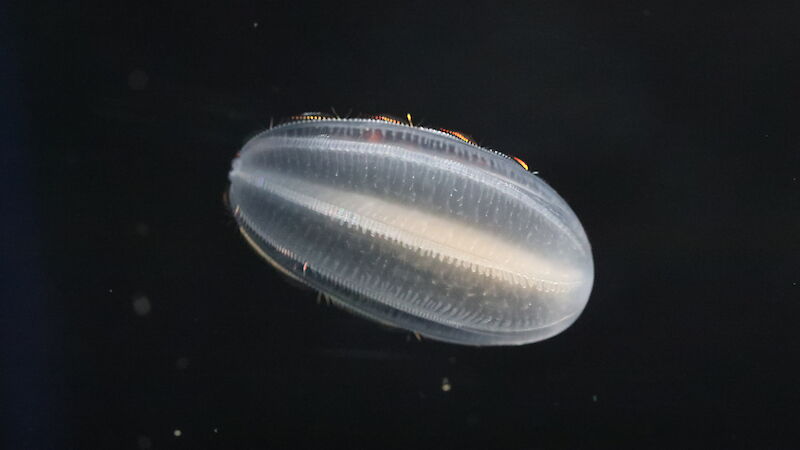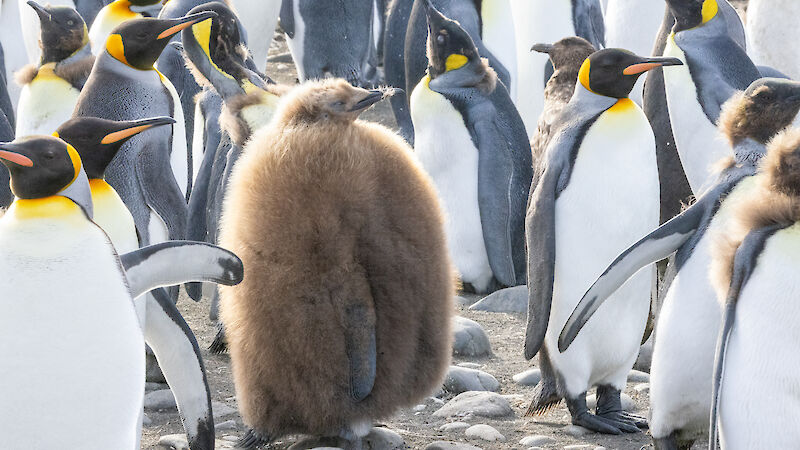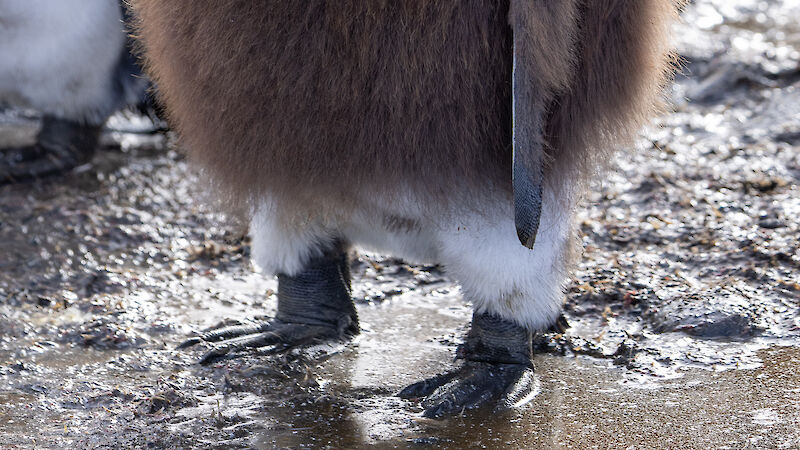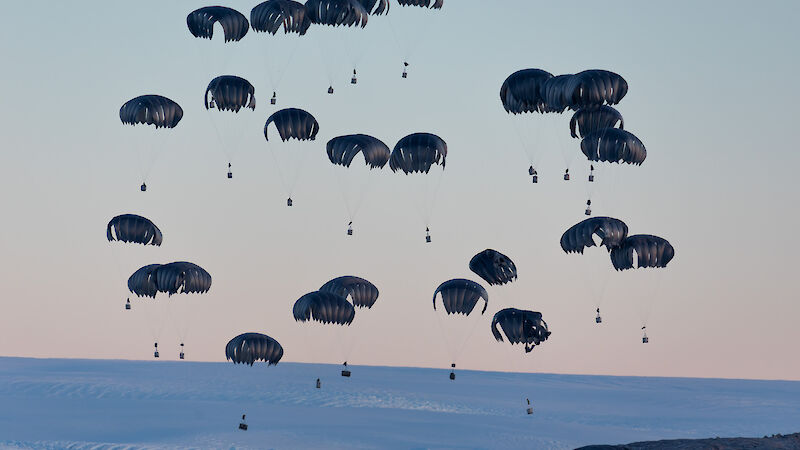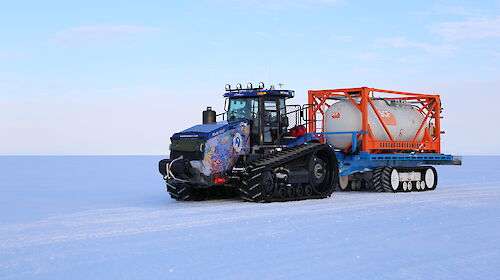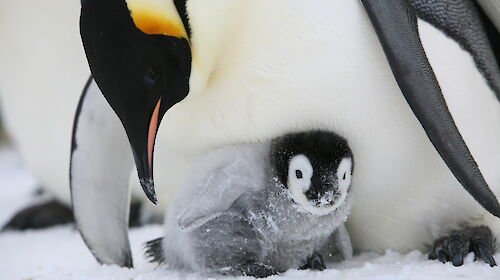Turns out Casey research station’s Dave Buller is more than just a seasoned station leader – he's also a keen photographer. This photo of a Weddell seal pup and its mum was taken at the Swain Group of islands.
The Australian Antarctic Program: A year in pictures
Every year, our scientists, expeditioners and support staff take amazing photos in the field and only a few people get to see them. We thought we'd bring you some of the standouts of the year.
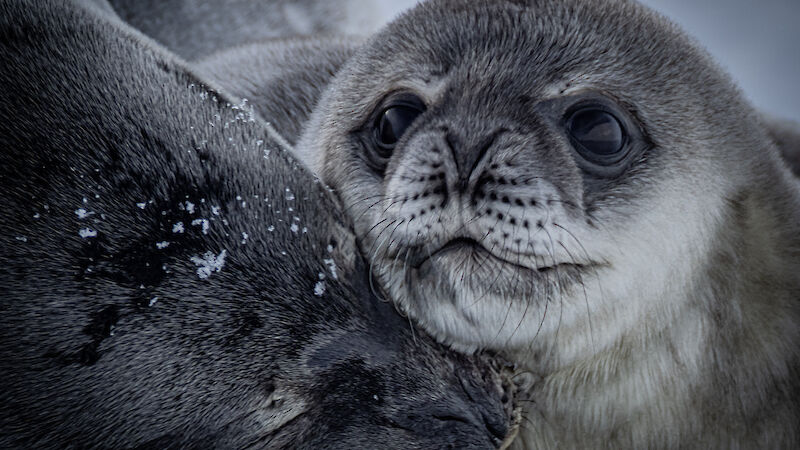
Casey sea fog
You get fog everywhere but this, according to one of our Bureau of Meteorology observers, is evaporation or cold advection fog, captured near Casey research station. It's created when cold, stable air (in this case, −20°C) moves over a (slightly) warmer body of water. Evaporation from the warm body of water saturates the cold air above; water vapour condenses in the cold air producing 'steam fog' or 'sea smoke'.

Emperors adrift
Travelling south on RSV Nuyina is a journey of many phases, as the eucalyptus-lined River Derwent becomes the Southern Ocean and then the land of icebergs. Sometimes you're part of the view.
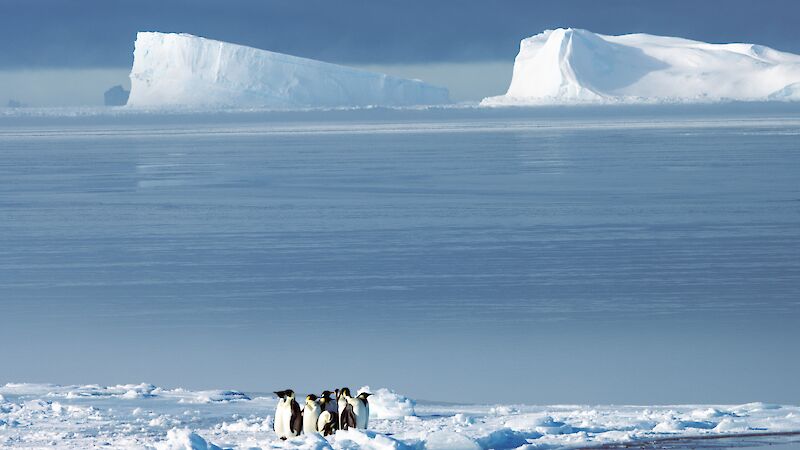
Jade bergs
Ice bergs are usually white but sometimes they take on a greenish hue. Scientists think it’s the result of blue-ish ice mixing with yellow-red glacial dust from Antarctica's bedrock. One glaciologist referred to it as “pretty much Antarctica’s version of mixing blue and yellow paint together to get green.”
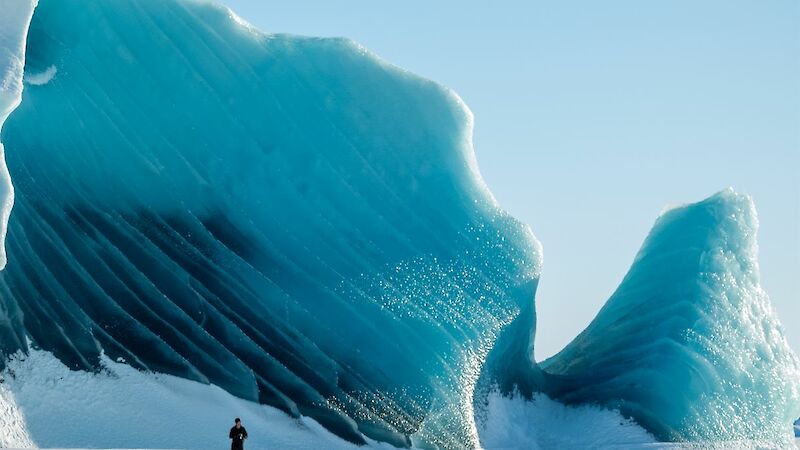
Icy waves
Mawson station doctor Dee MCormack wrote a Station News story this year about all the colours found in Antarctica’s ostensibly ‘white’ landscape. Her photos included an iridescent purple jellyfish, an orange octopus and this boulder, suspended on a frozen sea.
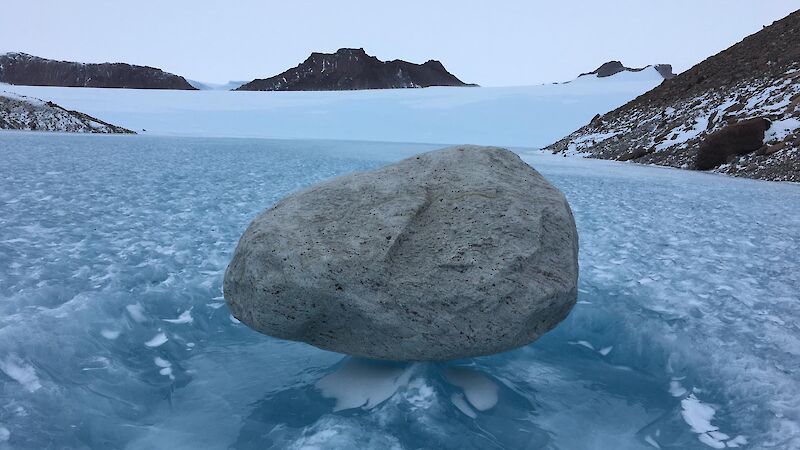
Auster
No stint at Mawson research station is complete without a trip to the Auster emperor penguin colony. Expeditioners are captivated by the fluffy cuteness of the chicks, their regal parents and the way they toddle over to take a closer look at you. The Australian Antarctic Program sets strict proximity rules for visitors but it's tricky when the locals are curious!
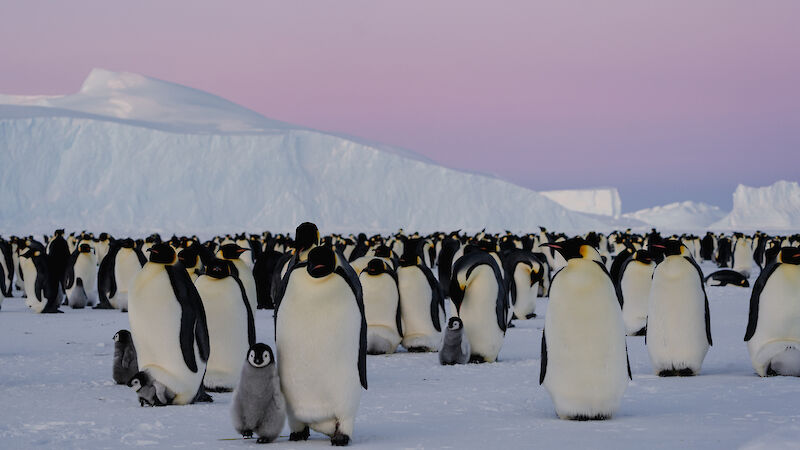
Search and rescue training
One of the first things new expeditioners have to do when they arrive on station is search and rescue training, so if someone goes missing, they know what to do. Here, the new Davis crew is being put through its paces.
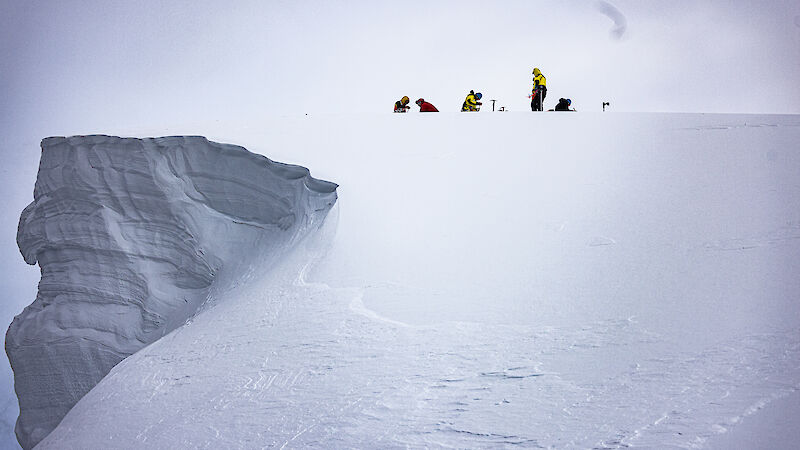
Through a glass darkly
Davis research station has two large lakes near Watts hut – Lake Druzhby and Crooked Lake. Both are freshwater lakes that freeze in winter, trapping air bubbles and snow. Here, an expeditioner examines the frozen fault lines of Lake Druzhby.
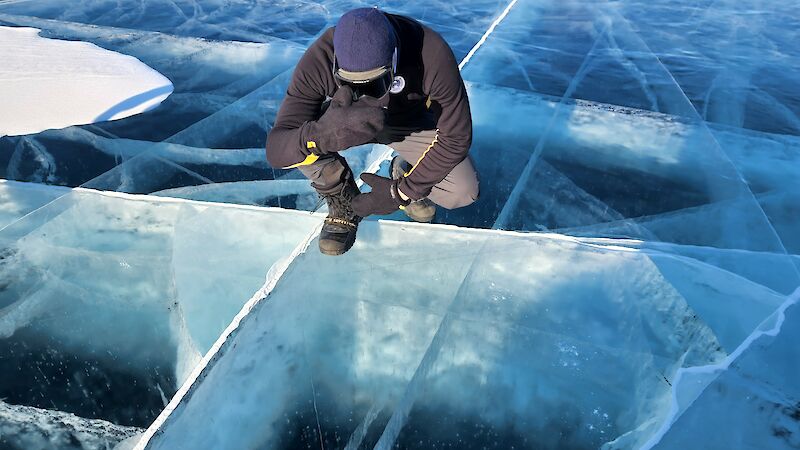
Southern rockhopper
Southern rockhopper penguins are the smallest of the crested penguins, weighing only 2 to 3.8 kg. They’re found on islands in the region of 46 to 54°S, including Heard Island, the McDonald Islands and, as pictured here, Macquarie Island. In the past few decades, populations have decreased markedly, particularly on the Falkland Islands (Malvinas).
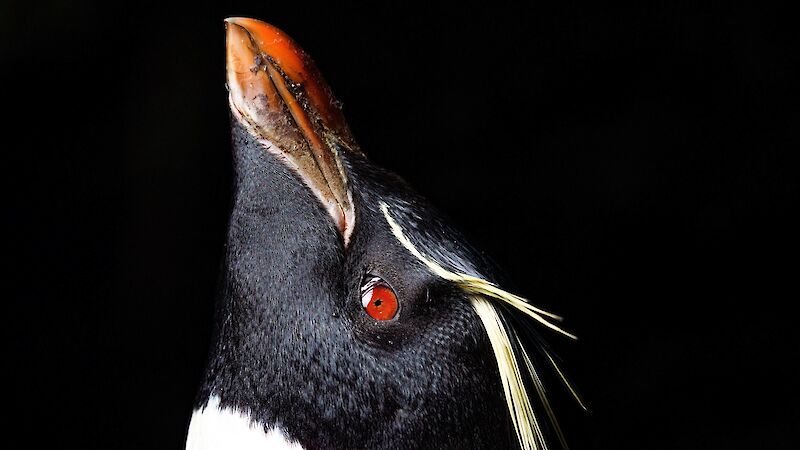
Ships and planes
Getting expeditioners to and from Antarctica is a massive logistical exercise, involving teams in operations, shipping, supply chain, aviation and voyage management. RSV Nuyina resupplies each station every year and is a state-of-the-art research platform in itself. In 2024/25, V1 resupplied and swapped out personnel at Davis research station, V2 goes to Casey, Davis and Mawson over the Christmas period, V3 is the Denman Marine Voyage – the ship’s first dedicated marine science trip – and V4 will resupply Macquarie Island.
The planes – a Basler on the left and Twin Otter on the right – travel all the way from North America to work with the Australian Antarctic Program through summer.
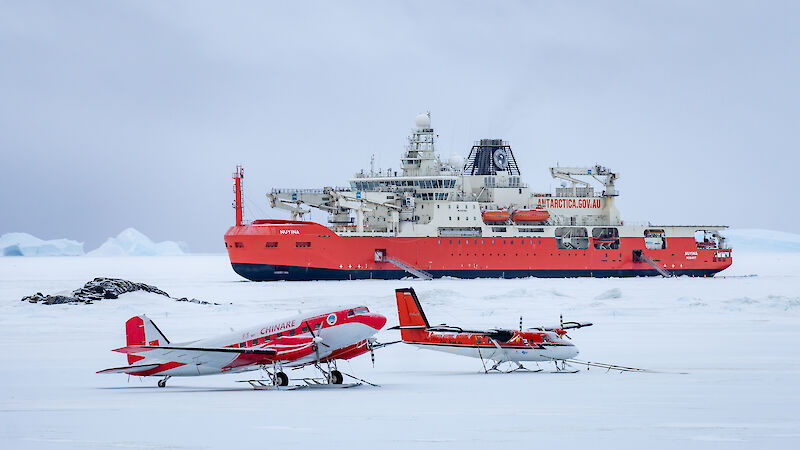
Cargo delivery
The Royal Australian Air Force provides assistance to the Australian Antarctic Program through Operation Southern Discovery. This includes moving heavy cargo to Wilkins Aerodrome, near Casey research station, on C-17A Globemaster flights.
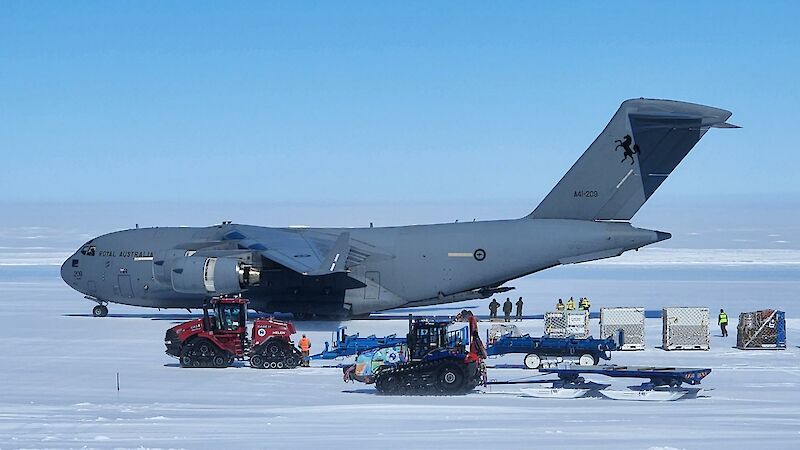
Tiny creatures
Before RSV Nuyina was commissioned, krill were captured in nets which destroyed many of the tiny creatures caught along with them. Now the ship's wet well draws krill and zooplankton directly inside, these tiny zooplankton remain intact and are transferred to the AAD's aquaria in Kingston for further study.
